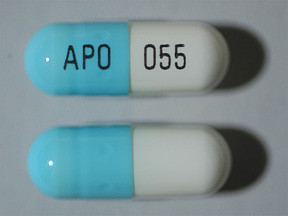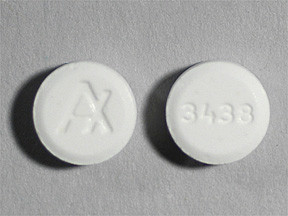SELEGILINE - ORAL
PHONETIC PRONUNCIATION: (seh-LEDGE-uh-leen)
COMMON BRAND NAME(S): Eldepryl
GENERIC NAME(S): selegiline HCl
Uses
USES: This medication is used to treat movement disorders caused by Parkinson's disease. It does not cure Parkinson's disease, but it may improve shakiness (tremor), muscle stiffness, loss of normal movement as your dose of other Parkinson's medication wears off (end-of-dose failure), and sudden switching between normal movement and stiffness ("on-off" problems). It may improve your range of motion and ability to walk, dress, and exercise. Selegiline is usually used in combination with other medicines (e.g., levodopa, carbidopa). Selegiline is an enzyme blocker (MAO inhibitor) that works by slowing the breakdown of certain natural substances in the brain (neurotransmitters such as dopamine, norepinephrine, and serotonin).
How to use SELEGILINE - ORAL
HOW TO USE: Take this medication by mouth, usually twice daily with breakfast and lunch. Taking selegiline late in the day may cause trouble sleeping. Dosage is based on your medical condition and response to therapy. Do not increase your dose or take it more often than directed. After you have been taking selegiline for 2 or 3 days, your doctor may direct you to lower your levodopa dose. Follow your doctor's instructions closely. Do not stop or change the dose of any of your medications without first talking with your doctor. It may take a few weeks for the full benefits of the drug to be noticed. Do not stop taking this drug without first consulting your doctor. Talk with your doctor if the medication stops working well or if your condition worsens.
Side Effects
Precautions
Interactions
Overdose
Images

- color
- aqua blue
- shape
- oblong
- imprint
- APO, 055

- color
- aqua blue
- shape
- oblong
- imprint
- APO, 055
Reviews
Faq for SELEGILINE - ORAL
Selegiline is commonly used for the treatment of Parkinson's disease.
Selegiline works by increasing the levels of specific chemicals in the brain that are involved in the control of movement.
Common side effects of selegiline include nausea, dizziness, headache, and insomnia.
Selegiline should only be used during pregnancy if the potential benefits outweigh the risks, and under the guidance of a healthcare professional.
Selegiline may interact with other medications, such as antidepressants (e.g. selective serotonin reuptake inhibitors), opioids, and certain cold or allergy medications. It is important to inform your doctor about all the medications you are taking.
Selegiline is usually taken orally with or without food, as directed by your doctor. Typically, it is taken once or twice daily.
Selegiline is not known to cause physical or psychological dependence.
If you miss a dose of selegiline, take it as soon as you remember. However, if it is close to the time for your next dose, skip the missed dose and resume your regular dosing schedule. Do not double the dose to catch up.
There are dietary restrictions with selegiline. Foods high in tyramine, such as aged cheese, certain meats, and certain beverages (e.g. red wine) should be avoided as they can cause potentially dangerous increases in blood pressure.
Disclaimer
IMPORTANT: HOW TO USE THIS INFORMATION: This is a summary and does NOT have all possible information about this product. This information does not assure that this product is safe, effective, or appropriate for you. This information is not individual medical advice and does not substitute for the advice of your health care professional. Always ask your health care professional for complete information about this product and your specific health needs.



No Reviews Yet